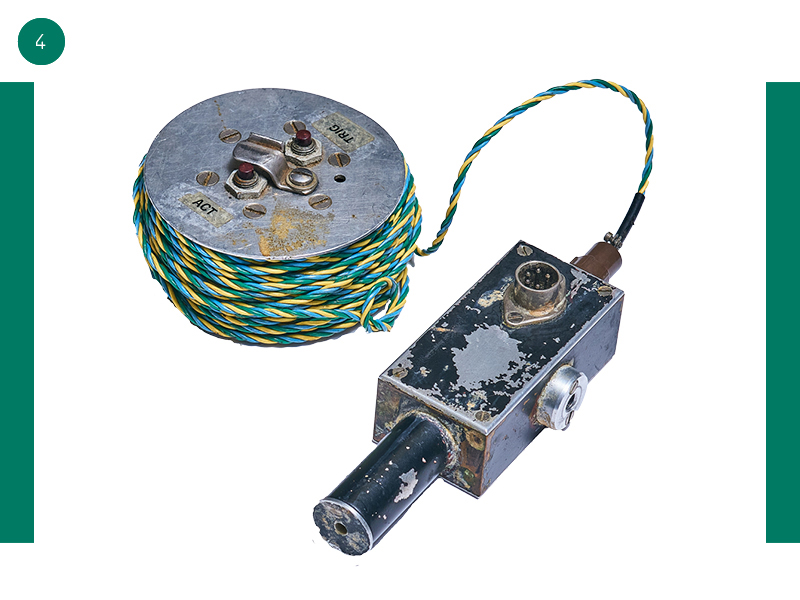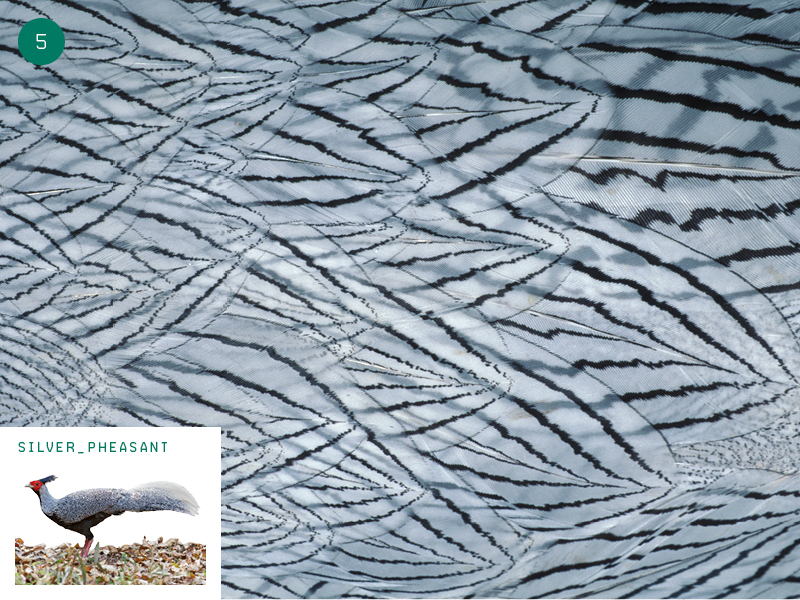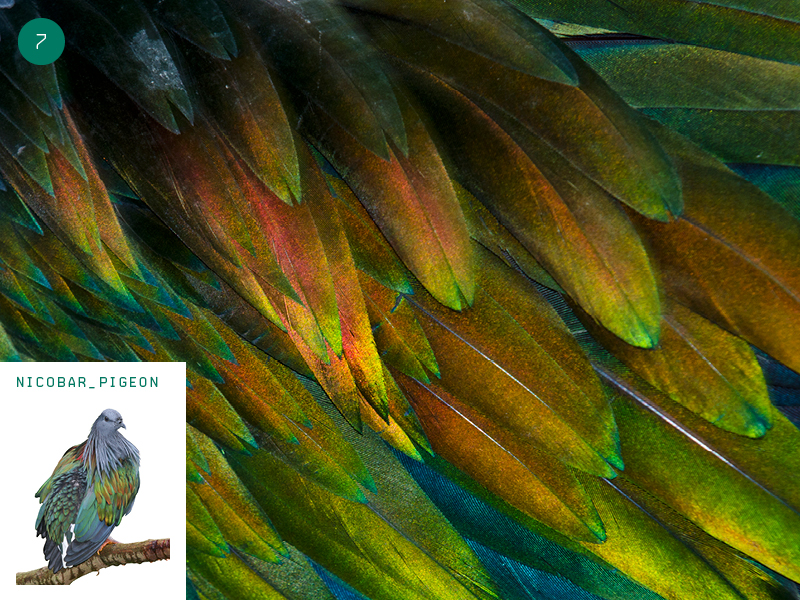The origins of VIREO, one of the world’s largest online collections of bird photography, can be traced to a prolific hobbyist who donated thousands of his pioneering images to the Academy of Natural Sciences of Drexel University.
Some 40 years before smartphone and digital cameras made stop-action photography accessible to anyone, DuPont President Crawford H. Greenewalt was on a private mission to record the mechanics of flight on film.
Greenewalt’s instrument of choice was a 1950s-era Hasselblad camera engineered with customized lenses, flash bulbs and a tandem tripod. He used a motion-detection sensor to trigger the shutter and bulbs at the precise moment a bird took flight.
The equipment allowed Greenewalt to take stop-action shots of hummingbirds that captured the movement of wings beating dozens of times per second. He shot them on his travels with his family, often accompanied by the creator of the iconic camera brand, Victor Hasselblad himself, who was a friend and fellow birdwatcher.
A volume of Greenewalt’s dazzling hummingbird stills — a revelation to audiences at the time — was published by Doubleday in 1960, making him an international sensation.
To bend cameras to his will, Greenewalt borrowed ideas from Hasselblad and Harold Eugene “Doc” Edgerton, the father of multi-flash strobe photography, whom he met through DuPont’s involvement in the Manhattan Project. DuPont employees who shared Greenewalt’s passion for cutting-edge technology eagerly built refinements for his camera collection, according to his daughter, Nancy Greenewalt Frederick.
“I think they enjoyed it as much as he did,” says Frederick, who accompanied her father and Hasselblad, nicknamed “Vickie,” on some expeditions.
1_Blue Tit
An estimated 20 to 44 million pairs of Parus caeruleus live in Europe, congregating largely in woods, parks, hedgerows and gardens across much of the United Kingdom and subsisting on caterpillars, insects, nuts and seeds.
2_custom HASSELBLAD
The oldest bird photography in the Academy’s collection was donated by the late DuPont President Crawford H. Greenewalt, who recorded some of the earliest professional stop-motion images of birds in flight on his customized camera.
3_Malay Peacock-Pheasant
Shy and elusive, the Malayan peacock-pheasant is endemic to lowland forests of the Malay Peninsula, where it has been evaluated as vulnerable on the International Union for Conservation of Nature Red List of Threatened Species.
4_TRIGGERED
Greenewalt’s camera used a motion sensor to activate the camera’s shutters and flash bulbs just as a bird came into focus.
5_Silver Pheasant
Black and white feathers distinguish males from the all-brown females in this gregarious, ground-dwelling breed, found largely in Southeast Asia and China, though populations have been introduced in Hawaii and the mainland United States.
6_TANDEM MOUNT
This gimbal allowed two tandem Hasselblad cameras to simultaneously capture offset photos, producing pioneering 3D images.
7_Nicobar Pigeon
Declining habitat and poaching pose threats to this species, found on small islands and in coastal regions from the Andaman and Nicobar Islands, India, east through the Malay Archipelago, to the Solomons and Palau.
Greenewalt sometimes traveled with Australian birder John Dunning, who designed a miniature tent in which trapped birds were temporarily placed to stage photo shoots, says Frank Gill, former chair of the Department of Ornithology at the Academy of Natural Sciences of Drexel University.
“It was a very effective and pioneering technique,” says Gill. “He opened doors to photography of bird flight with sophistication that very few people had.”
By 1979, Greenewalt wanted to create a permanent, curated repository for his photographs that would be accessible to scientists and the public.
“That sparked my interest,” Gill says. “No one I knew in academia was doing that.”
Gill saw an opportunity to broaden Academy holdings beyond specimen collections and to pique public interest in birds. With his staff, Gill established Visual Resources for Ornithology, or VIREO. The acronym is a play on words that also refers to a family of perching birds found from Canada to Argentina.
Some 9,000 images contributed by Greenewalt, in addition to scores more from Victor Hasselblad, form the original core of VIREO.
Over the years, the collection swelled with contributions from other photographers. It now contains 200,000 images, half of which are digitized. The database includes more than 75% of the 10,000 species of the birds in the world, says Dan Thomas, collection and intellectual property rights manager.
Licensed images from the galleries of species and habitats continue to find their way into myriad guidebooks, field manuals and birding apps.
Thousands of users have registered on the VIREO site to create personal collections and view images that aid in identifying birds encountered in the wild, Thomas says. Public viewing access is free and educators can purchase licenses.








